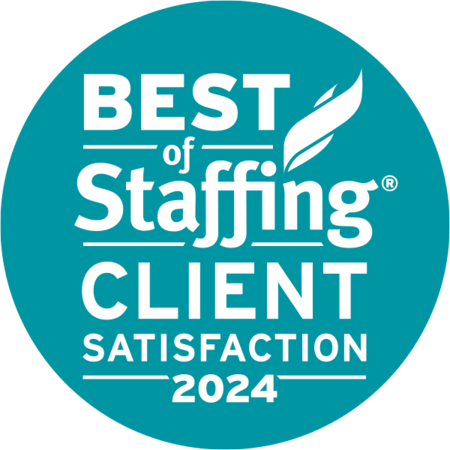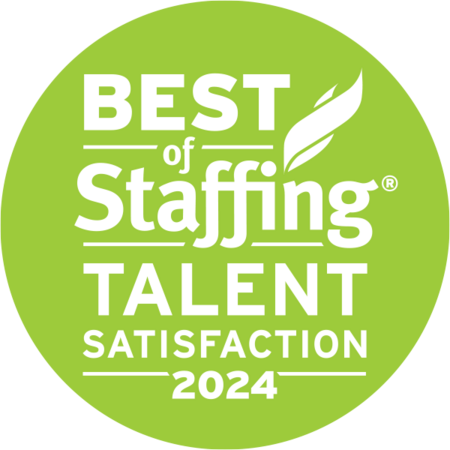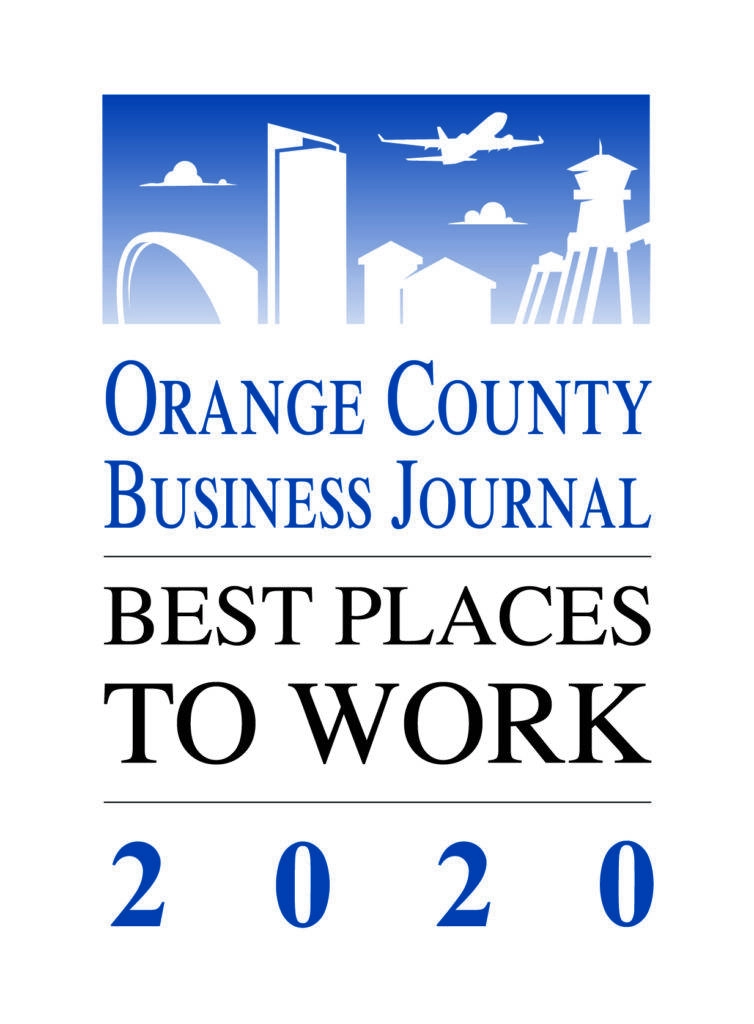When it comes to hiring and retention in today’s landscape, we’re facing a period of known unknowns — things that we know exist, but we don’t have all the information to fully understand.
ARG’s 2022 Financial Salary Guide and Employment Outlook examines market perspectives, economic projections, employer incentives, and employee attitudes and expectations to help bring greater clarity to the unknowns ahead.
Here are the top five trends that should be on your radar for 2022.
1) Hybrid work. When it comes to employee wellness and satisfaction, two things were learned from COVID-19. People like working from home, but they also miss social interactions and collaborating with peers. What this means for Accounting and Finance organizations is that the hybrid work environment is here to stay.
Implementing a hybrid work policy that gives employees the option to blend their time at the office and home might be critical for 2022 and beyond. Many organizations are crafting pilot policies that offer the flexibility of a few days in the office each week.
2) The long-term effects of WFH. Perhaps one of the biggest known unknowns is the long-term effects of working from home. While WFH may have increased productivity in some instances, it’s come at the expense of eroding shared experiences, professional development, and company culture. Much research in the past 18 months points to high levels of loneliness, stress, and depression with unknown long-term post-pandemic consequences.
Recent data also focuses on the business benefits of WFH: lower overhead, reducing office footprint (and rent), and increased productivity. But what’s good for business isn’t necessarily good for people. As many organizations begin to return to the office there’s ample opportunity to put people first:
- Build in-person collaboration and camaraderie.
- Help employees reset boundaries.
- Update benefit packages.
- Enhance office space.
- Improve technology.
- Reestablish company culture.
3) Out-of-area hiring. Remote work has opened new avenues for hiring top talent. Without geographical restrictions, employers have become more competitive in attracting highly skilled candidates from other geographies. But there are implications.
- Tax and payroll headaches could impact the employer and employee, where the employer incurs unexpected local and state taxes while the employee might need to pay income tax in both states.
- Expected hours of operation should also be considered. As a West Coast-based employer, will all employees be expected to maintain the same hours of availability regardless of time zone?
- Some states laws differ on paid family leave and sick time, and not all states recognize the same holidays.
- Workers compensation and unemployment insurance are two other significant considerations. Usually the employer is required to obtain both types of insurance from the state in which the employee works.
- Pay is perhaps the most critical consideration. Employers must determine fair pay for out-of-state employees and balance that with skill sets, experience, and expertise. Be prepared to hold difficult conversations with employees if the word gets out that there are significant discrepancies between in-state and out-of-state salary rates.
4) Refreshed Focus on Professional Development. The complexity of managing onsite, remote, and out-of-state employees, places greater emphasis on professional development. With more and more organizations working to overcome the silos that developed during the past two years, nothing says “I value you” more than investing in your employees. Professional development and learning opportunities increase employee engagement, productivity, and value — a win-win-win from all perspectives.
5) Inflationary salaries. In Finance and Accounting, attracting and retaining top talent has been a struggle for years. But the 2021 talent shortage changed the talent landscape, creating a candidate-driven market with never-seen-before inflationary salaries. Turnover reached an all-time high with skilled candidates being ultra-selective and getting multiple offers, as well as counter offers from their current employer.
The average US salary increase budgets are projected to grow to 3.3% in 2022, indicating continued economic recovery and an increasingly tight labor market. But the known unknown is that employers are still facing economic uncertainties, magnified by the threat of the Delta variant. This could impact the ability to provide pay raises that keep pace with inflation. 2022 could result in another year where turnover rates remain high as all levels of talent continue to search and find better-paying positions elsewhere.
Learn more about the trends impacting hiring and retention in Accounting and Finance. The 2022 Financial Salary Guide and Employment Outlook provides a comprehensive framework for hiring and recruiting, including projected salaries, benefits and perks, trends, and other key economic data.





